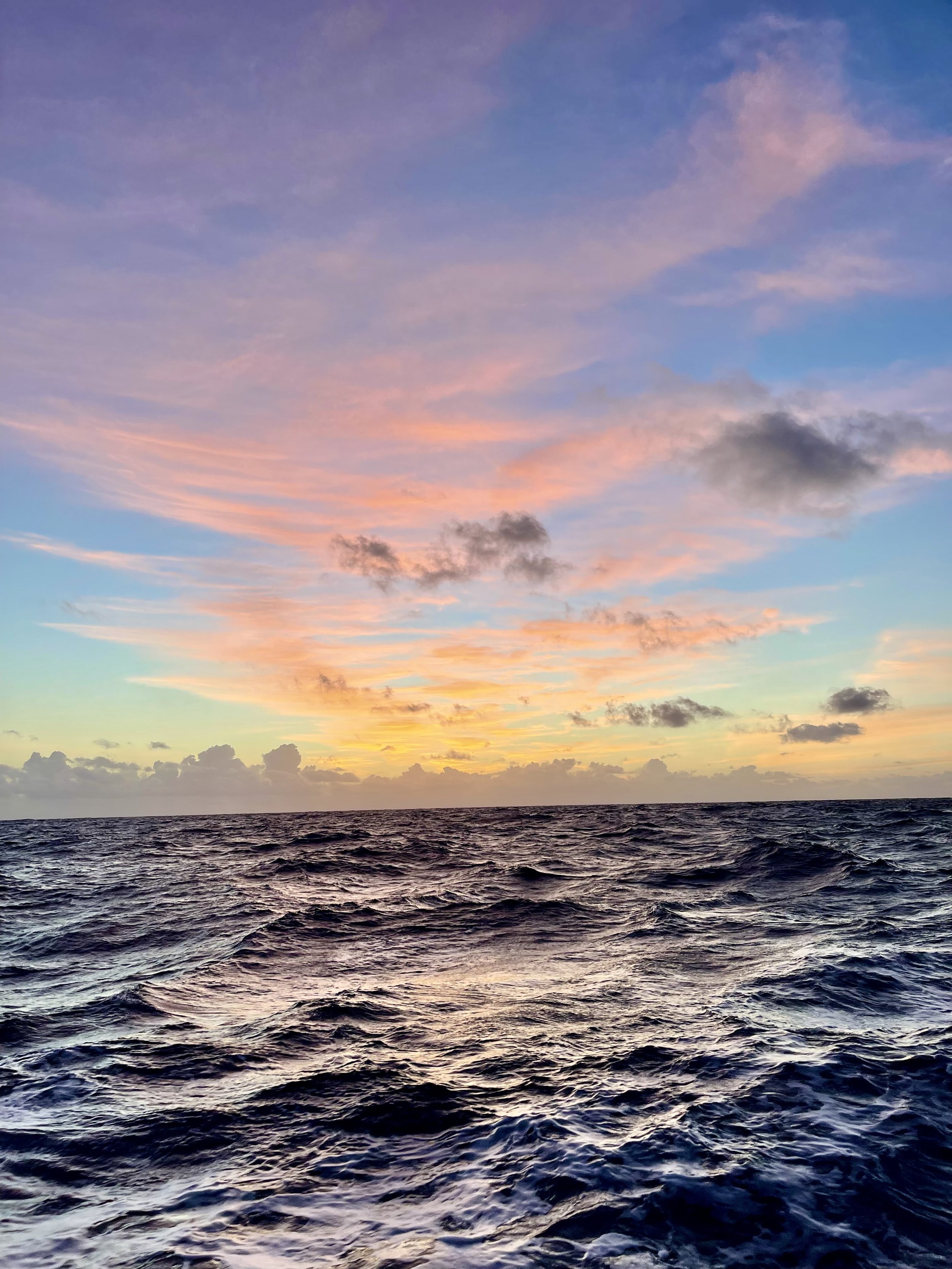PRESS RELEASES
Press Release: September 28, 2023
News From: Papahānaumokuākea Marine Debris Project (PMDP)
Team Removes 126,000 lb (63 tons) of Marine Debris from Papahānaumokuākea Marine National Monument
Seven Green Sea Turtles Also Rescued
To view highlight photos and videos from this expedition, please follow this link: Press Release Package PMDP 28Sept2023
A team of freedivers from the Honolulu-based nonprofit organization Papahānaumokuākea Marine Debris Project (PMDP) returned on Saturday from a 28 day cleanup expedition to the remote Papahānaumokuākea Marine National Monument (the Northwestern Hawaiian Islands). The team successfully removed a total of 126,310 lbs (63 tons) of marine debris over the course of this 4-week effort. This expedition was PMDP’s second large-scale effort of 2023, with a previous expedition completed during the month of July. The total amount of debris collected by PMDP in the last 90 days now stands at 212,410 lbs (106 tons).
PMDP conducts multiple annual cleanup expeditions to the remote Hawaiian islands, reefs and atolls of Papahānaumokuākea to reduce the risk of entanglement for many species of protected wildlife, to mitigate coral reef damage, and minimize risk of plastic ingestion for seabirds.
On this latest expedition, cleanups were conducted at Lalo (French Frigate Shoals), Kamokuokamohoaliʻi (Maro Reef), Hōlanikū (Kure Atoll), and Manawai (Pearl and Hermes Atoll). Despite visiting 4 locations within Papahānaumokuākea, the team’s primary focus on this mission was the cleanup of Manawai (Pearl and Hermes Atoll), which lies nearly 1,200 miles from Honolulu. This 19 mile long coral atoll encircles a 90,000 acre lagoon of calm waters, containing extensive coral gardens growing to within 1 ft of the surface. This maze of coral reefs creates a sheltered habitat for a diverse array of marine species, but also unfortunately traps a large amount of floating derelict fishing gear (ghost nets). Due to its huge size, at least half of Manawai’s surveyable lagoon area had not been cleaned in over 10-15 years, which made this a top priority for PMDP.
Within seven days at Manawai, the team successfully removed 71,760 lbs of derelict fishing nets from the reefs, an average of over 10,000 lb per day. Each pound of net has to be located by divers, carefully cut from the reef and then loaded into the boats by hand. In that same week, the team encountered seven live green sea turtles that had become entangled in ghost nets, including three adults trapped in the same net. Fortunately, the team was able to free all seven turtles.
“If we’re seeing this level of animal entanglement and mortality during just a couple of days here, you can imagine how many more of these situations go unseen during the rest of the year” said PMDP president Kevin O’Brien. “We have an unseen problem on our hands. Out of sight, out of mind.”
In addition to the other removals, the PMDP team also conducted three light-duty salvage operations: a derelict boat hull (21ft), as well as two derelict buoys that were causing coral reef damage were removed from the reefs of Manawai. “These larger, heavier items that wash in from elsewhere in the Pacific can have a significant impact too. They bash their way through delicate coral reefs as they drift in from the open ocean, and can continue to destroy corals long-term when storms or high tides remobilize them and keep them moving around” said O’Brien.
Of the 126,310 lbs total:
102,310 lbs were ghost nets removed from the reefs
18,145 lbs were ghost nets removed from the shorelines
1,030 lbs were shoreline plastics
4,825 lbs were larger derelict items (boat, buoys)
As PMDP scales up their program, PMDP’s goal is to “catch up and keep up” with marine debris accumulation in Papahānaumokuākea Marine National Monument (PMNM) by 2027: “Catch up” with the backlog of accumulated debris from 15 years of reduced cleanup effort, and “keep up” with the new annual accumulation of ghost nets on the reefs of PMNM (115,000 lb annually).
"Marine debris, including derelict fishing gear, impacts the natural and cultural heritage of Papahānaumokuākea Marine National Monument," said Nicole R. LeBoeuf, Assistant Administrator of NOAA’s National Ocean Service. "With funding from the Bipartisan Infrastructure Law, we are proud to support this project that builds on NOAA’s more than 20-year legacy of marine debris removal in the monument and helps protect and preserve this unique environment for years to come."
Thanks to the “Nets to Energy” partnership with Schnitzer Steel Corporation and Covanta Energy, a majority of the debris collected will be incinerated to generate electricity for powering hundreds of Oʻahu homes.
PMDP would like to extend a huge thank you to our major funding partners for making this work possible:
This mission was supported by:
The National Fish and Wildlife Foundation (NFWF) with support from:
Marc and Lynne Benioff
National Oceanic and Atmospheric Administration Marine Debris Program (NOAA MDP). NOAA support includes funding from the Bipartisan Infrastructure Law: https://www.noaa.gov/news-release/noaa-nfwf-award-26-million-for-largest-us-marine-national-monument
McPike-Zima Foundation, the Bruce G. Geary Foundation, and the Hawaii Community Foundation
Numerous community donors.
In-kind support provided by NOAA Office of National Marine Sanctuaries (ONMS).
Visit www.pmdphawaii.org to learn more about the project or to support future efforts. Follow on Instagram, Facebook and X (Twitter) @pmdphawaii.
For additional questions or interviews, please contact:
Kevin O’Brien, PMDP President (Mission Lead), kevin@pmdphawaii.org, (808)-348-0096
James Morioka, PMDP Executive Director james@pmdphawaii.org, (808)-321-0570
---------------------------------------------------------------------------------------------------------------------------
About PMDP: The Papahānaumokuākea Marine Debris Project (PMDP) is a U.S. 501(c)(3) non-profit organization created to protect the sensitive wildlife and critical habitats of the Papahānaumokuākea Marine National Monument (Northwestern Hawaiian Islands) from the threats of marine debris through annual large-scale cleanups. We aim to build a grassroots community of people to aid in the stewardship of Papahānaumokuākea Marine National Monument.
About Papahānaumokuākea Marine National Monument (PMNM): Papahānaumokuākea is cooperatively managed to ensure ecological integrity and achieve strong, long-term protection and perpetuation of Northwestern Hawaiian Island ecosystems, Native Hawaiian culture, and heritage resources for current and future generations. Four co-trustees - the Department of Commerce, Department of the Interior, State of Hawai‘i and the Office of Hawaiian Affairs - protect this special place. PMNM is also a UNESCO World Heritage site distinguished for both its cultural and natural significance, the only site with this special distinction in the U.S. It is currently being considered for national marine sanctuary designation to further safeguard the area's natural, cultural, and maritime heritage resources for generations to come. For more information, please visit www.papahanaumokuakea.gov.
BULLET POINTS:
The Papahānaumokuākea Marine Debris Project (PMDP) is a Honolulu-based nonprofit organization whose mission is to conduct annual large-scale cleanup efforts from the remote reefs and islands of Papahānaumokuākea Marine National Monument
A team of 16 skilled freedivers and small boat operators from PMDP completed a 28-day mission to the remote Papahānaumokuākea Marine National Monument (Northwestern Hawaiian Islands) to clean up marine debris from the reefs and shorelines
126,310 pounds of ghost nets and plastics were cleaned up from four islands/atolls within Papahānaumokuākea Marine National Monument: Lalo (French Frigate Shoals), Kamokuokamohoaliʻi (Maro Reef), Hōlanikū (Kure Atoll), and Manawai (Pearl and Hermes Atoll).
Of that 126,310 lbs:
102,310 lbs were ghost nets removed from the reefs
18,145 lbs were ghost nets removed from the shorelines
1,030 lbs were shoreline plastics
4,825 lbs were larger derelict items (boat, buoys)
Papahānaumokuākea Marine National Monument (PMNM) Fun Facts:
PMNM is home to thousands of wildlife species, many of which are endangered
25% of marine species found in PMNM are found only in the Hawaiian archipelago
PMNM contains 3.5 million acres of coral reefs, which is more than 70% of all tropical, shallow water coral reefs in what is now known as the United States
14 million seabirds representing 22 species reside in PMNM
The uninhabited islands, atolls and seamounts of Papahānaumokuākea Marine National Monument stretch over 1,200 miles to the northwest of the main Hawaiian Islands and comprise nearly 75% of the length of the Hawaiian archipelago




